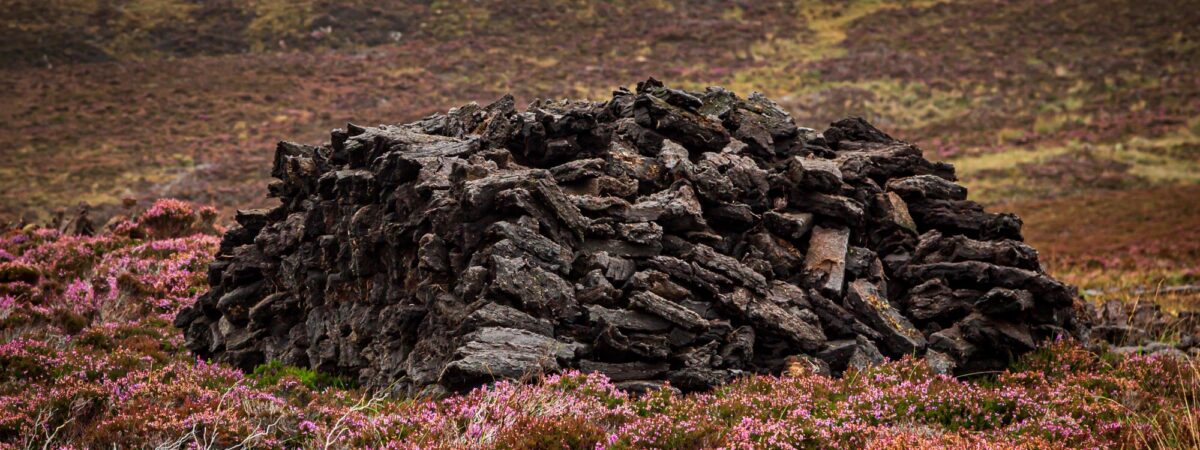
While peat has been used for centuries in Ireland, its use is increasingly the subject of debate. Against the backdrop of the energy crisis, this natural fuel offers many advantages for heating, thanks to its economical price, but also raises the question of its ecological impact. A divisive debate in Ireland that calls into question centuries of Irish mores and tradition!
In Ireland, peat is an extremely rich compound. Often called “Ireland’s black gold”, it can be found everywhere. The Emerald Isle is covered with numerous peat bogs, a kind of wet marshland where thousands of organic materials have been decomposing for centuries.
Within the country, people have always found it their most efficient means of heating. Slightly fragrant, it is appreciated not only for its low price, but also for its ability to quickly heat an entire home.
Peat bogs have been exploited for this purpose for centuries. Tons of peat briquettes are extracted, dried in the open air and then burned in chimneys for efficient heating…
Overexploitation is a growing cause for concern. Because the peat bogs seem to be running out of steam. Considered to be areas of great biodiversity, they are gutted on a daily basis to make new briquettes… and this raises the question of their environmental survival.
For many ecologists, peatlands are precious. In fact, they are a real boon to the environment: they guarantee a balance in the local ecosystem and have the advantage of naturally absorbing CO2, preserving it for the long term…
However, current over-exploitation is causing these peatlands to disappear, leading to the drying out of these areas and a real ecological imbalance.
In addition to the desertification of Irish peat bogs, peat itself also poses a real problem for heating. Its use in Irish fireplaces and stoves is therefore particularly polluting, as this organic compound emits huge volumes of CO2.
Although its use has declined sharply in recent years, it is estimated that one family in seven still uses peat as its sole means of heating. A minority that still has a major impact on the Emerald Isle’s environment…
At a time when Europe is experiencing a real energy crisis, and in view of the conflict in Ukraine, it’s time for Ireland to ask questions.
Should we abandon centuries of peat use in favor of renewable energies? Do we simply need to regulate the use of peat bogs to prevent them turning into deserted plains?
Although the urgency is real, the most recurrent obstacle is above all economic: peat is particularly attractive to Irish households. They would be much cheaper than gas and coal, and readily available throughout the country.
As a result, the Irish government seems to be interested in new alternatives, making it easier to obtain renewable energy supplies without the need to exploit peat bogs.
The most interesting option seems to be the recent agreement with France to connect Ireland to a gigantic undersea power grid. Ireland could thus benefit from French nuclear power… An option that could allow the peat bogs to regain their tranquillity.